I’m Rico. Today let’s talk about the naturally AI-synchronized, fantastical aesthetic world — Dreamcore.
What is Dreamcore?
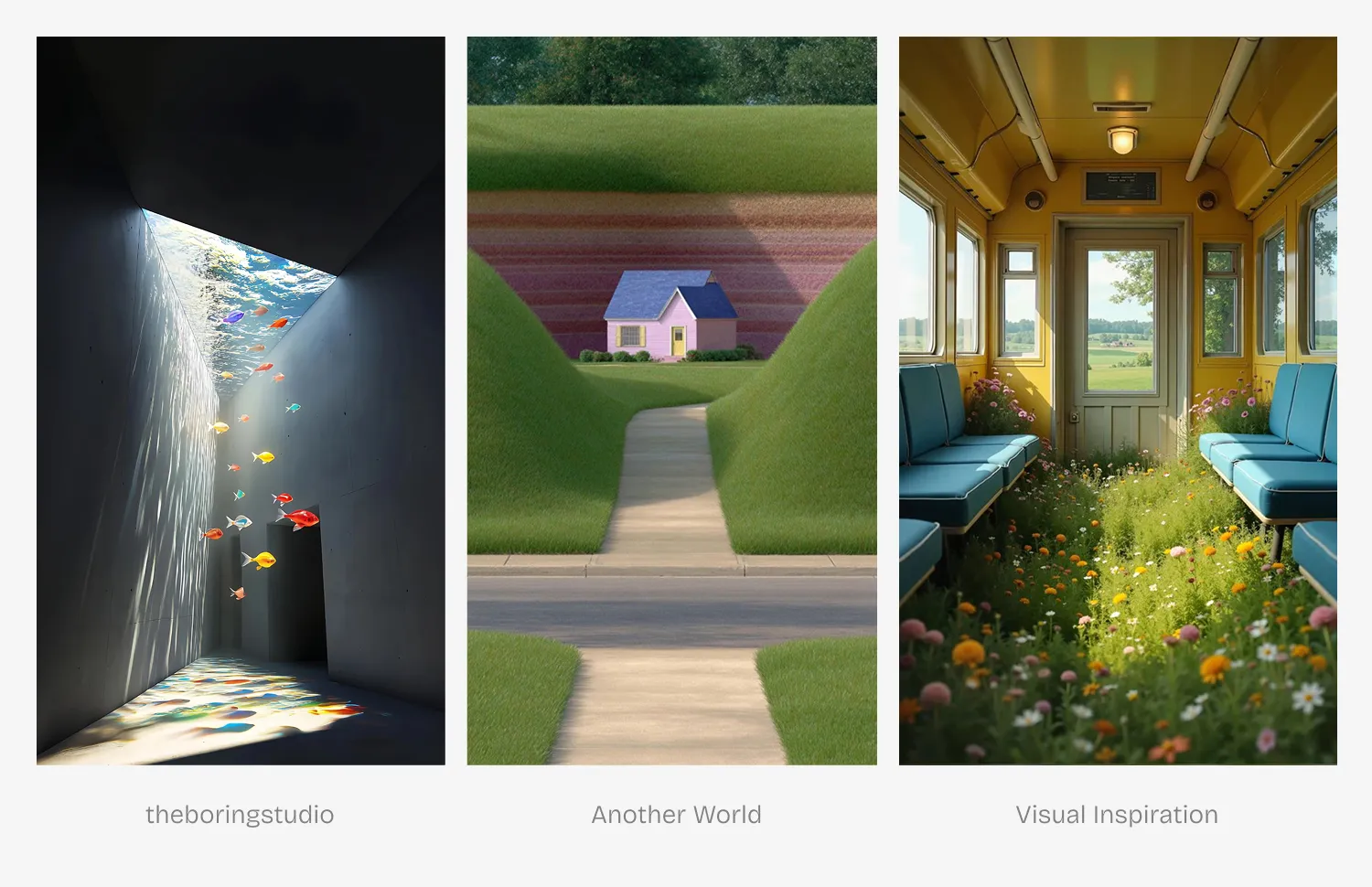
In internet subculture context, “core” is not core in the physical sense, but rather an aesthetic carrier centered on specific visual symbols and emotional logic. These styles collectively called “core aesthetics” often deconstruct daily scenes and reorganize familiar elements, precisely hitting modern people’s psychological creases in the tension between “déjà vu” and “completely unfamiliar.” From Weirdcore’s eerie isolation to Oldcore’s nostalgic melancholy, each “core” is precise emotional delivery. Dreamcore is the branch closest to “unconscious flow” among them. Like a half-awake dream, it weaves a spiritual phantasm both warm and unsettling with blurred light and shadow, dislocated space, and fragmented childhood memories.
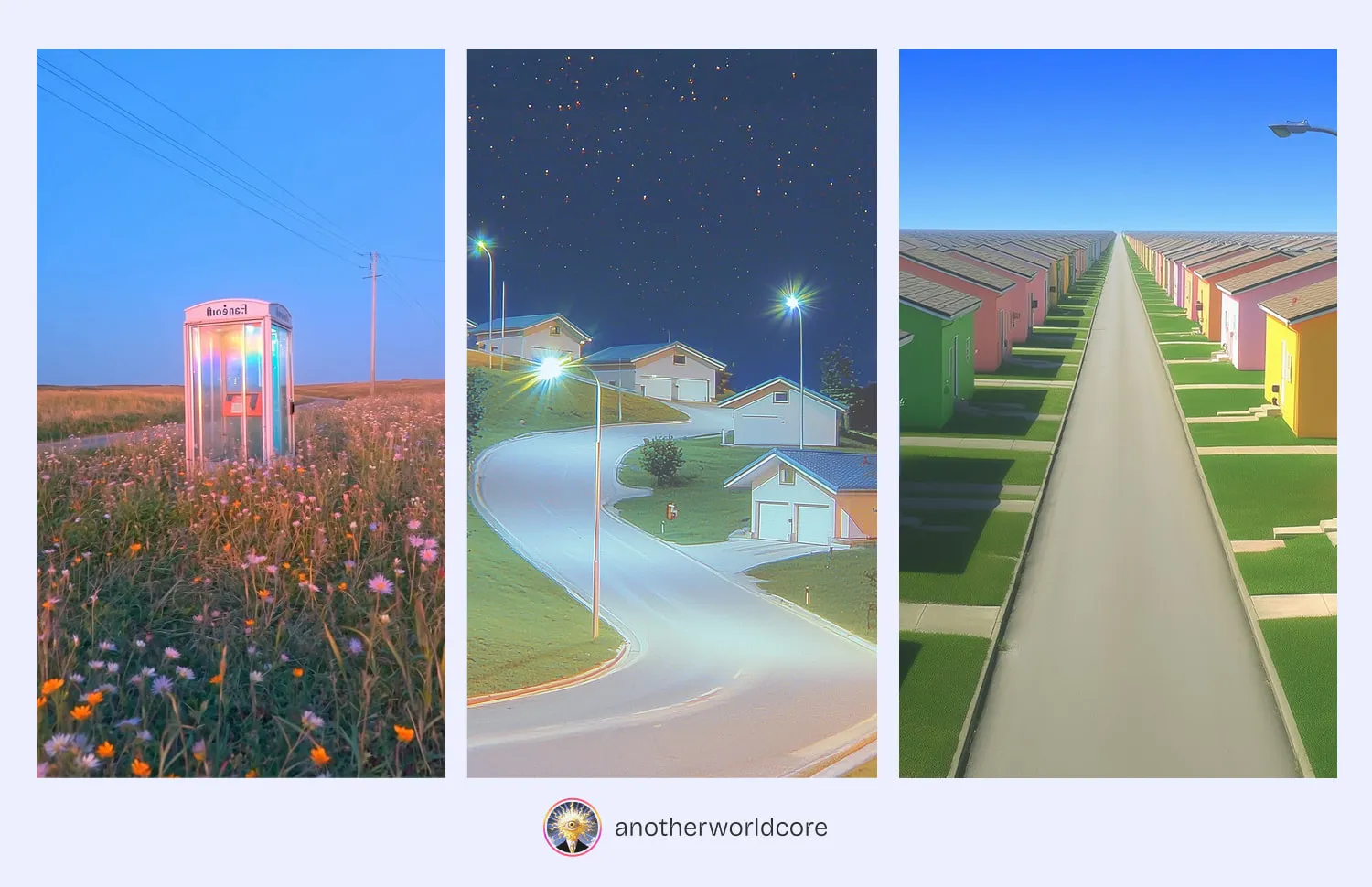
From an aesthetic perspective, Dreamcore belongs to an important branch of surrealist aesthetics, with unique “experience orientation.” Aesthetics Fandom gives Dreamcore an authoritative definition: it’s an aesthetic style recreating typical characteristics of human dreams through visual, auditory and other multiple media. Its essence is not creating fantasy scenes, but striving to restore the psychological feelings dreams bring to people. The core carrier of this “feeling” is precisely Liminal Space.
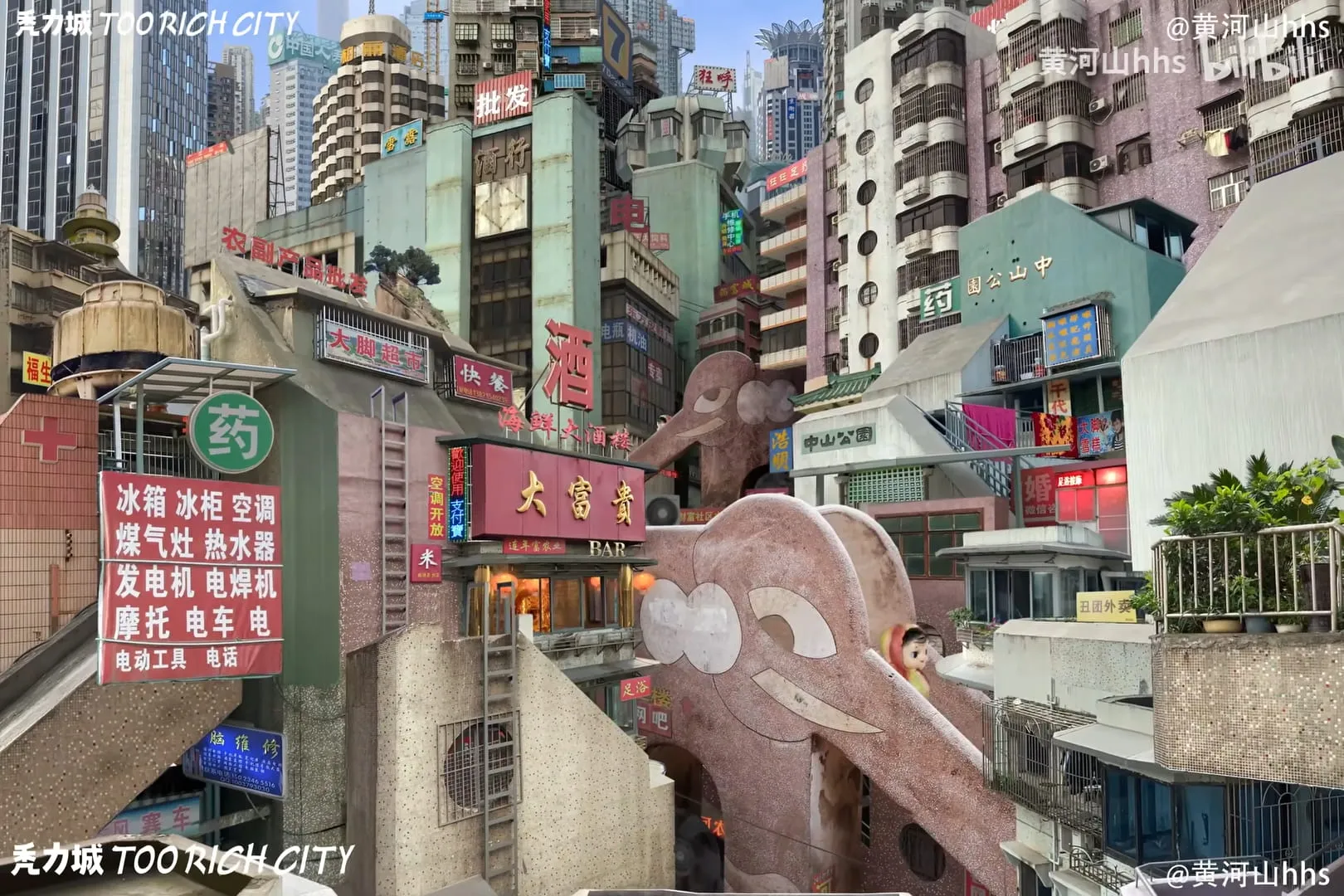
Too Rich City Scenery - Dafu Restaurant
So-called “Liminal Space” originates from anthropological concepts, originally referring to “transitional spaces between two stages, not yet clearly belonging,” like corridors, waiting rooms, elevator rooms, late-night school hallways, etc. In Dreamcore aesthetics, liminal space is given “dream-exclusive transitional feeling”: it’s not a “destination,” but a “channel connecting dream fragments,” familiar enough to make you feel “I seem to have been here,” yet strange enough to make you “unable to say where this exactly is.”
For example, late-night empty supermarket aisles, endlessly ascending residential building staircases, mist-filled swimming pool locker rooms - common Dreamcore scenes. These spaces themselves have no special meaning, but because they “deviate from daily use scenarios,” they become “fuzzy zones between reality and dreams,” perfectly fitting Dreamcore’s core quality of “reality and illusion interweaving.”
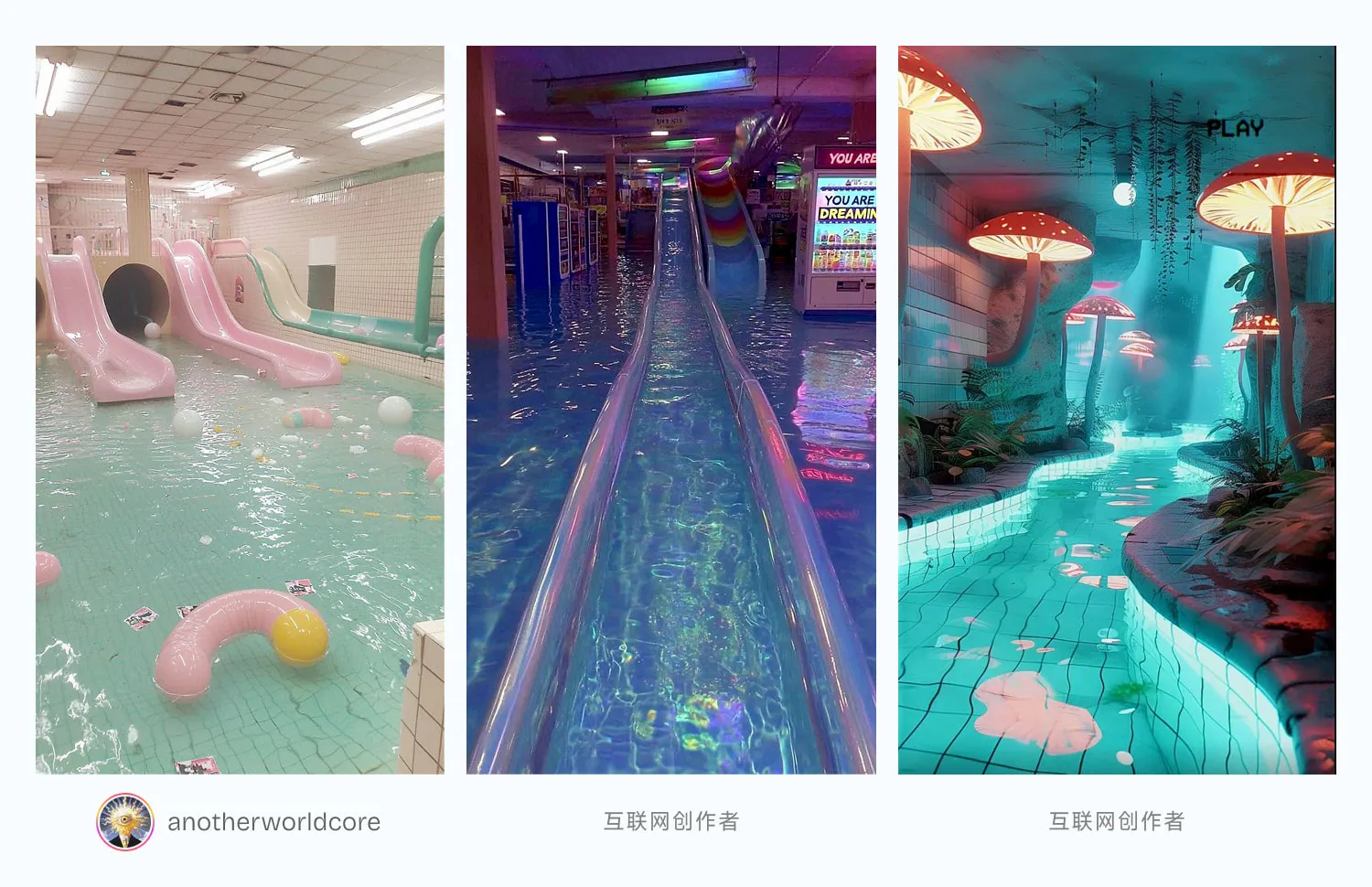
Placing the scene in a pool becomes Poolcore, one of the most commonly used scenes in core aesthetics.
Simply put, Dreamcore’s essence lies in “using real elements to collage dream feelings.” Its images won’t feature fantastical creatures departing from daily cognition. Instead, it extensively uses familiar liminal spaces and objects from our daily lives - ordinary rooms, common furniture, daily props, etc. Through misplaced arrangements, blurred processing, reconstruction and other techniques, it gives these familiar elements strangeness, thus creating dreams’ unique “wonderful state of reality and illusion interweaving.”
AI Era’s Promotion of Dreamcore Aesthetics
Dreamcore’s birth has no clear time node, mainly driven by internet community collective creation. The AI era’s arrival became the best catalyst for Dreamcore aesthetics. Previously due to technical limitations, ordinary people found it hard to create bizarre, dreamlike scenes from dreams through drawing or imaging skills, thus limiting Dreamcore aesthetics development. But this visual expressiveness that defies logic and breaks world logical frameworks is effortless for AI.
AI technology intervention significantly lowered Dreamcore aesthetics creation threshold, enabling more people to participate in this style’s creation. Meanwhile, AI’s keyword combination creativity also drove Dreamcore style toward diversification, breaking early Dreamcore’s ‘single eerie feeling’ limitation, making style closer to different groups’ emotional needs.
Below are dreams I generated using Midjourney according to my own ideas:
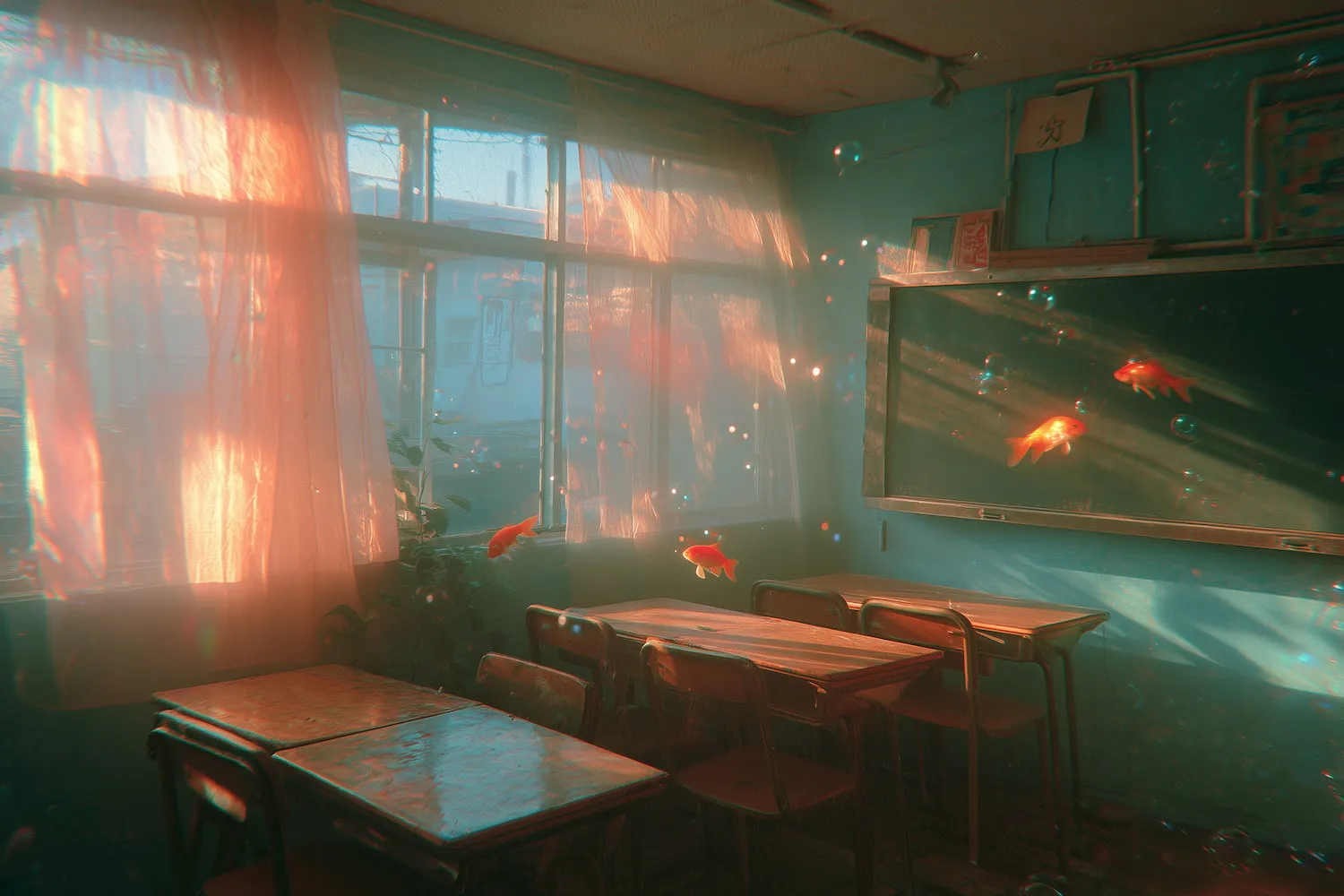


Through diversified input keywords and descriptions, AI image generation platforms can quickly generate Dreamcore-style images or videos. This convenience makes Dreamcore aesthetics creation no longer limited to professional artists - ordinary users can easily create works with unique visual effects.
Massive AI image and video creation triggered viral spread. Dreamcore aesthetics re-entered public vision and spread widely. In Xiaohongshu’s popularity index, tag heat index related to Dreamcore aesthetics exceeds imagination. Especially for internet’s new generation, this aesthetic philosophy breaking conventions fits era development’s spiritual demands. Dreamcore aesthetics is no longer such a niche, unnoticed subject.
Expression Characteristics
Why Dreamcore makes people immediately associate with “dreams” lies in its precise capture of three dream-unique qualities - also Dreamcore’s core identifiers distinguishing it from other aesthetic styles.
1. Ambiguity: Not “Can’t See Clearly,” But “Can’t Remember Clearly”
Dreamcore’s “ambiguity” doesn’t simply refer to image quality blur, but rather exquisite restoration of “memory fragment feeling.” Object edges in images may have slight softening, just like when you try hard to recall last night’s dream, details gradually blur. Colors aren’t bright intense high-saturation tones either, but tend toward lower-contrast soft color systems, like looking at the world through mist, or photos taken with old cameras with slight bleeding effects.
This ambiguous feeling has clear purpose: not to hide details, but to simulate “dream uncertainty.” Take a Dreamcore-style “room image” as example - you can identify it’s a bedroom, but whether items on the bedside table are cups or books always remain in a state of “can roughly distinguish outlines, yet hard to see specific details,” identical to your blurred memory of “specific objects” when recalling dreams after waking.
2. Logic Dislocation: “Non-Daily Combination” of Daily Elements
Dreams’ most significant characteristic is “logic failure,” and Dreamcore cleverly transforms this “failure” into unique design language. It doesn’t break reality with fantasy elements, but uses “dislocated combination of daily elements” to create absurd atmosphere.
For example, chairs might float in mid-air with floor traces not completely cleaned off chair legs; or a door originally belonging on the wall appears on the ceiling with strangely oriented door handle.
This “dislocation” has two major characteristics: first, all elements come from daily life - no surreal monsters or magic elements; second, “dislocation isn’t abrupt,” won’t make people feel fear, only make people feel “strange yet familiar,” just like seeing “bed placed in kitchen” in dreams - first reaction isn’t surprise or fear, but instinctively feeling “seems it should be so.”
3. Emotional Resonance: “Emotional Anchor Points” of Meaningless Scenes
Dreamcore works usually have no clear “themes” or “plots” - might just be an empty corridor, a tightly closed waiting room door, etc. - all typical liminal spaces. However, these seemingly “meaningless liminal spaces” always cleverly contain “emotional anchor points” that can trigger people’s empathy.
The key to this “emotional resonance” lies in “detail authenticity”: not relying on complex stories, but achieving through “life-close small details.” Like old posters on walls with curled corners, several hairs not yet swept clean on the floor - these details themselves have no special meaning, yet can awaken people’s emotional memories of “some vague moment,” like dreams’ state of “clearly nothing special happened, yet inexplicably moved or lost.”
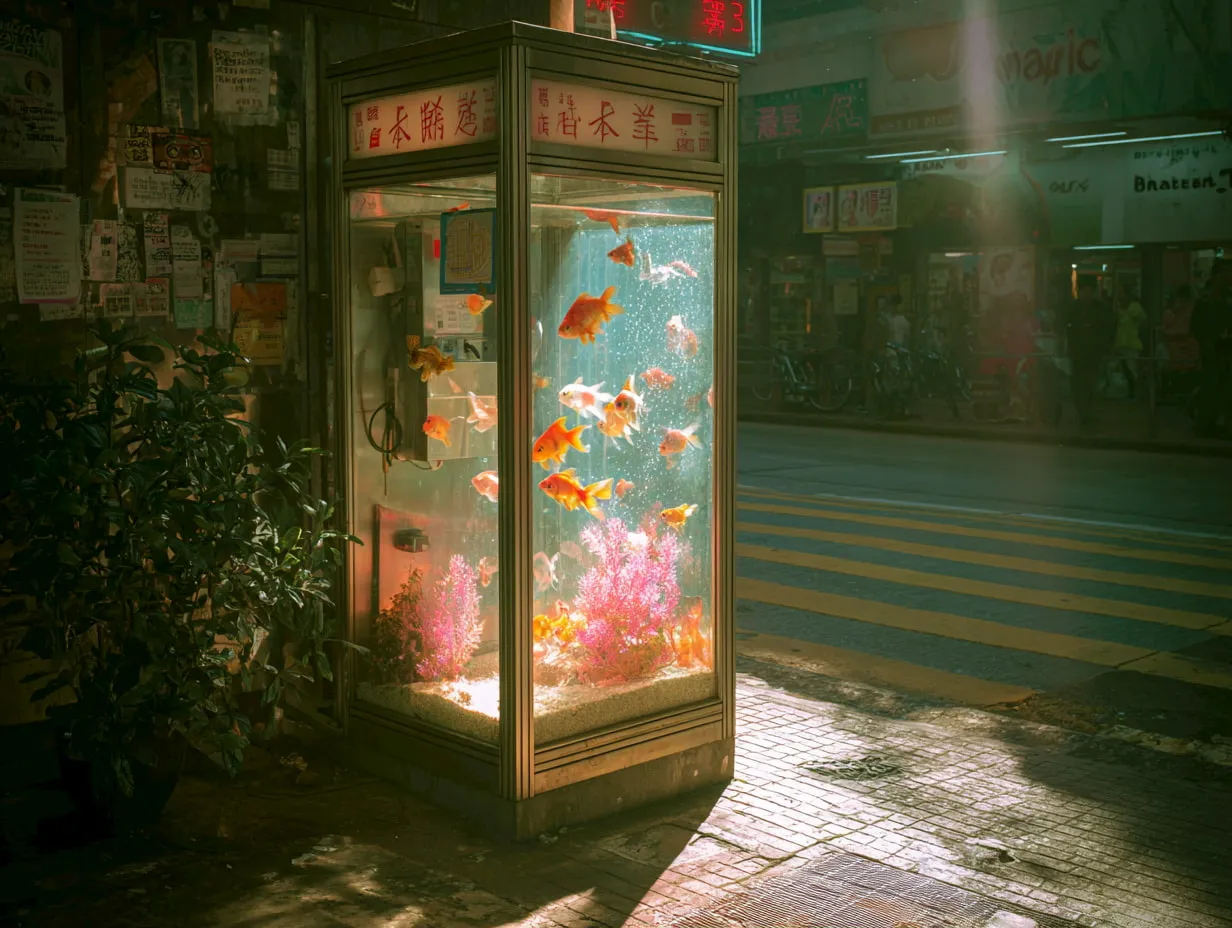
💡MJ Prompt: A sun-soaked relic: millennium Hong Kong afternoon, phone booth turned cool lucid aquarium sanctuary against oppressive heat, goldfish as quiet memories, bright photoreal dreamcore clarity —ar 4:3 —v 7.0
About Works
Dreamcore works mainly concentrate in images and short videos, core lying in “conveying emotions through simple scenes.” Early works were limited by generally low production levels restricting spread capability. Now 3D, CG technology and AI progress lowered creation threshold, improved work quality. Especially for Dreamcore’s characteristics, CG and AI’s inability to precisely restore reality detail disadvantages instead fit dreams’ surreal qualities.
Recommending some bloggers I discovered in Dreamcore exploration. Their works I like very much, also surprises and treasures I constantly discover on design journey seeking.
anotherworldcore
instagram.com/anotherworldcore/
**Instagram blogger anotherworldcore, “**Dreamworld architect — Surreal beauty from forgotten dreams.”
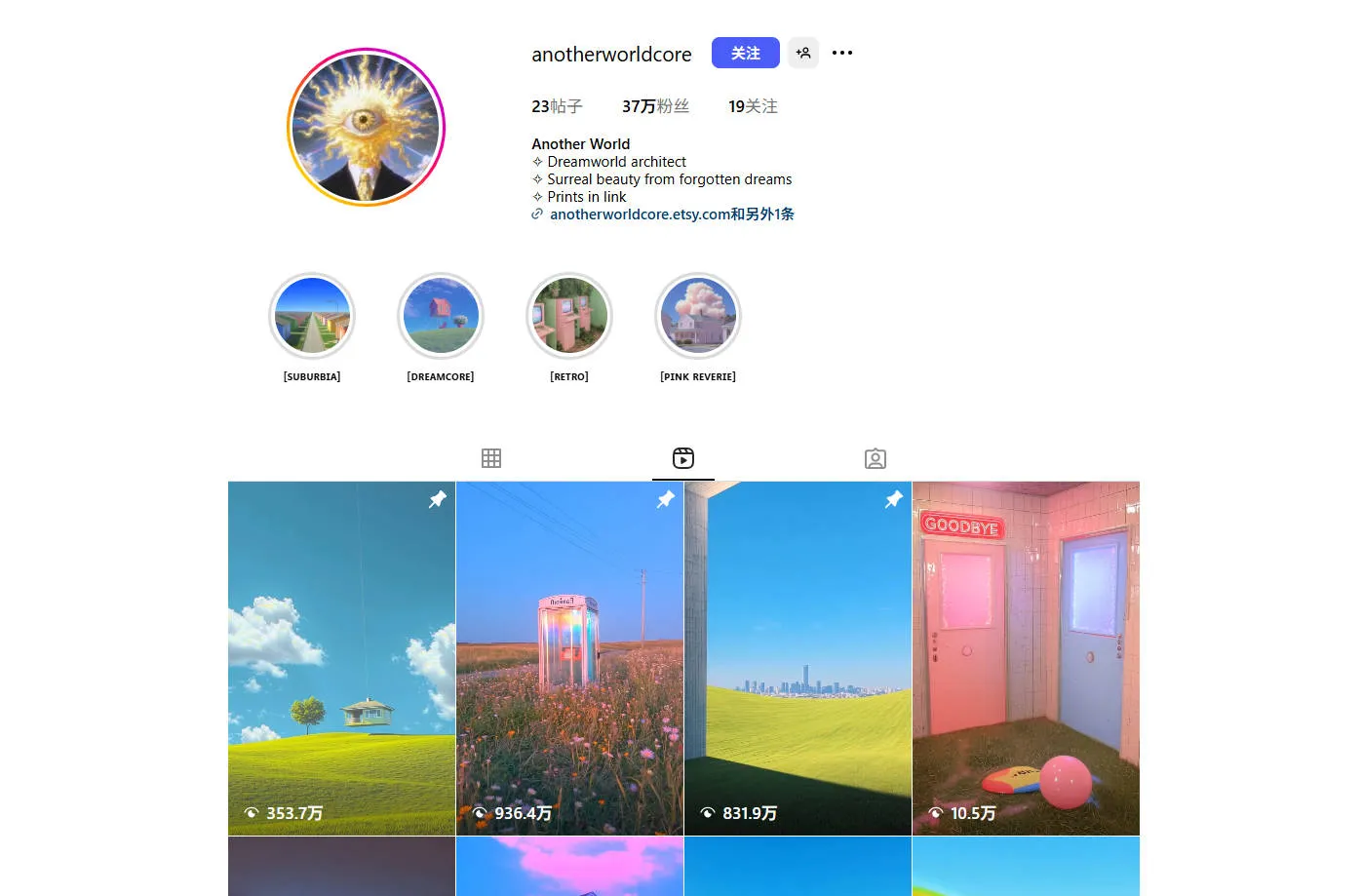
Artist Huang Heshan - “Too Rich City” TOO RICH CITY Series
Too Rich City is a virtual Chinese futurism magical metropolis where absurdity and poetry coexist!
Link: https://space.bilibili.com/412633607
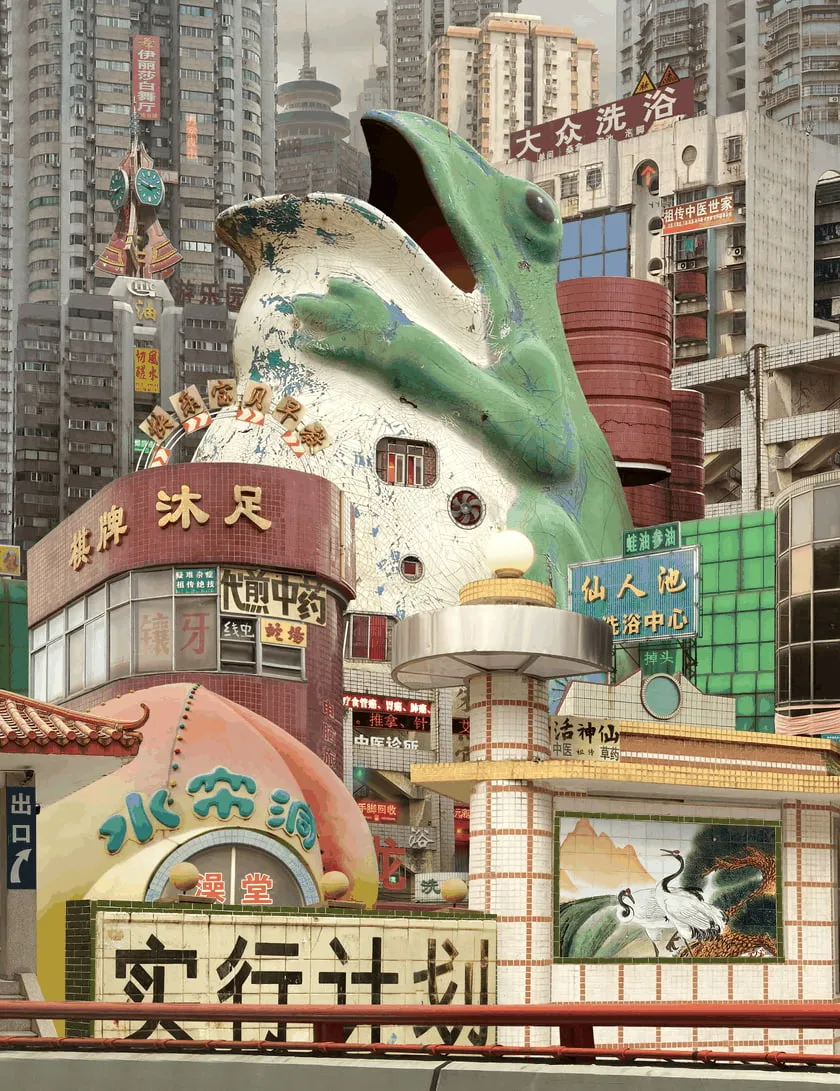
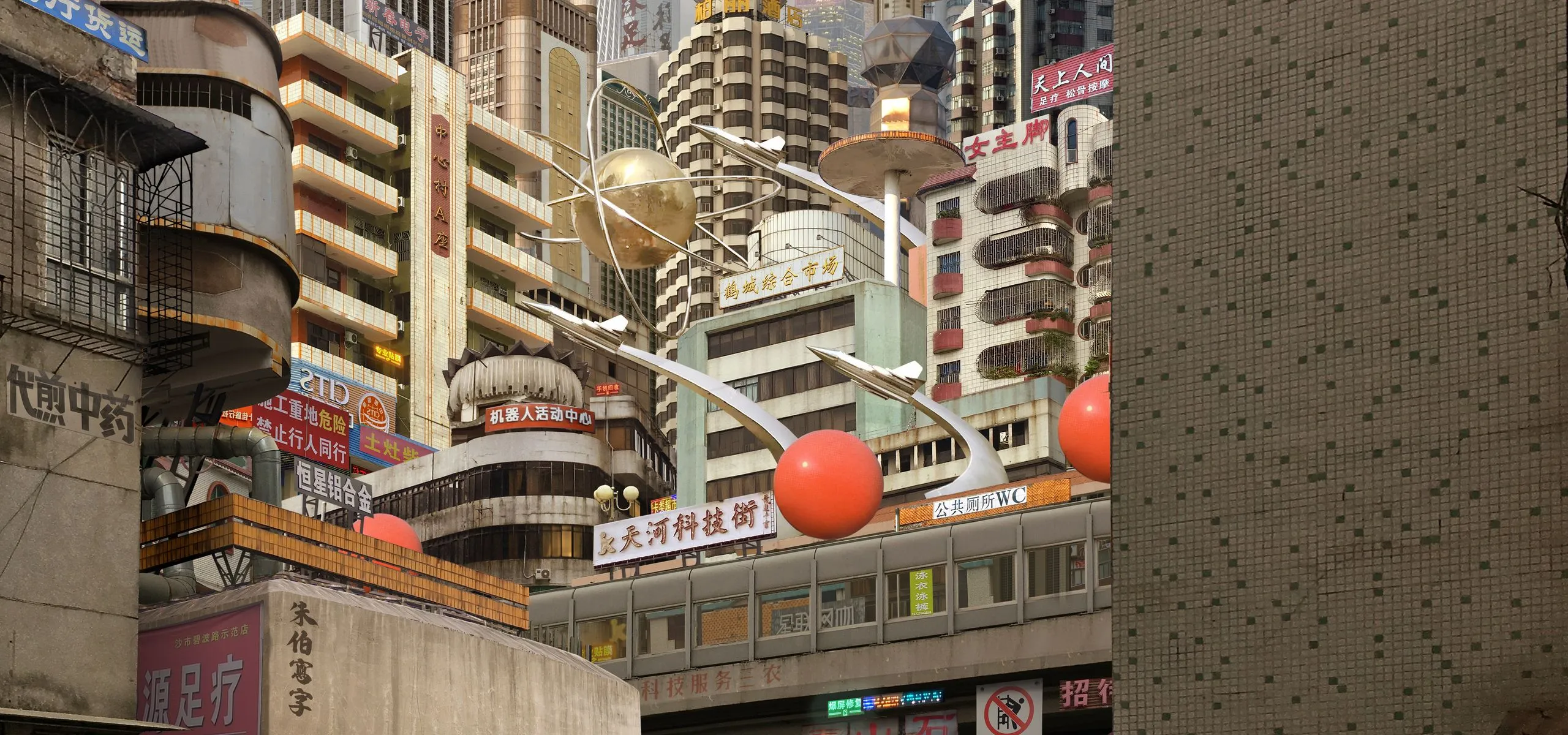
Huang Heshan: Designer, graduated from Tsinghua University Academy of Fine Arts. Works include “Too Rich City Series,” “Wild Design.” Works lean toward surrealism and Chinese Dreamcore style.
Dreamwalk Avocado Official Channel
Fall into endless dreams!
Collection·Dreamcore: https://space.bilibili.com/1032385857/lists/3633485
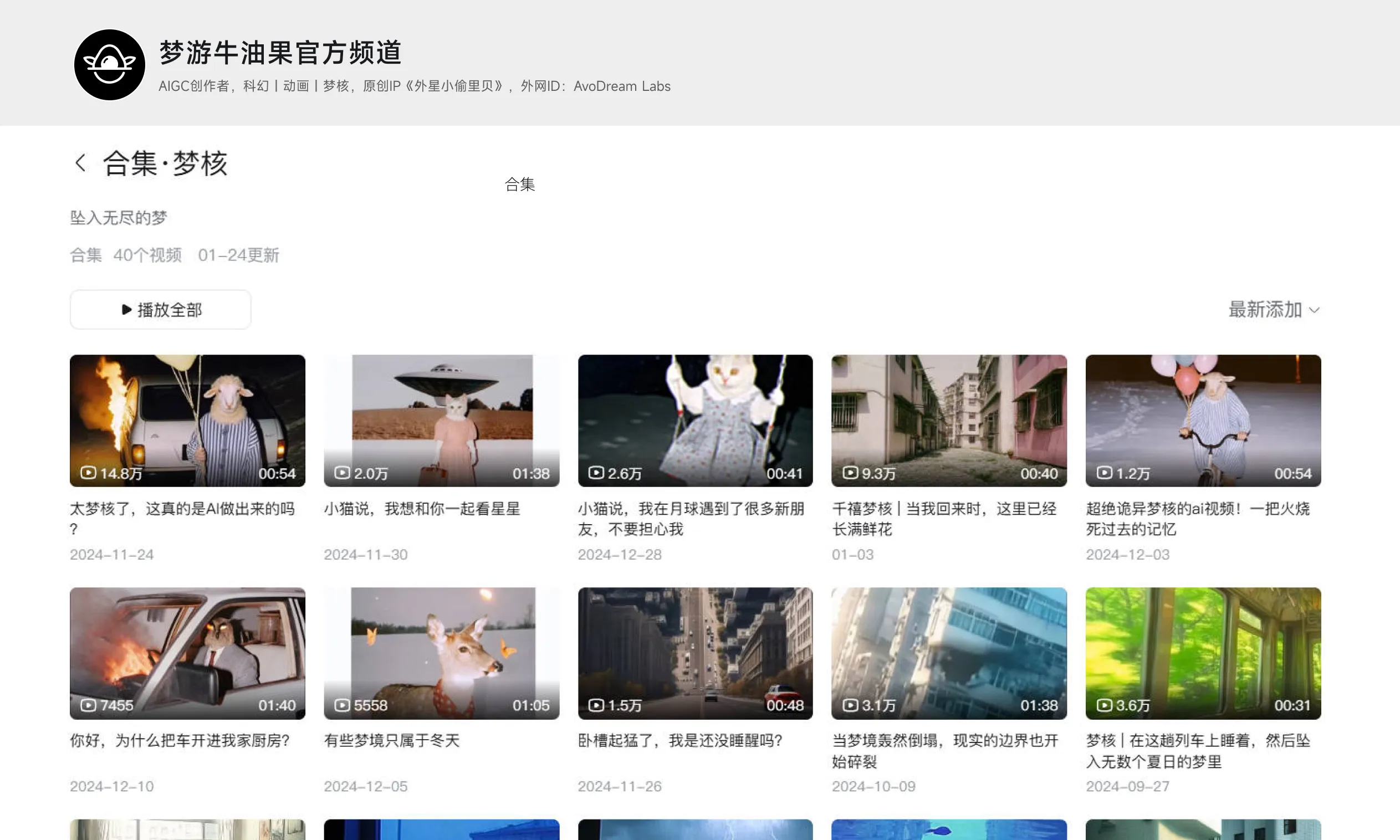
Liu Zhouzhou Lawpadhodie - “Filming Netizens’ Dreams into Movies”
“Filming Netizens’ Dreams into Movies” https://space.bilibili.com/1696583135/lists/3585255

Bilibili UP host @Liu Zhouzhou Lawpadhodie’s “Filming Netizens’ Dreams into Movies” is a wonderful experience. Taking material from netizens’ dream submissions, using Blender to recreate bizarre dream scenes - truly a very interesting experience. Especially submitted dreams’ strange variety, and audiences’ somewhat strange preference for nightmares, so actually content and style besides Dreamcore have more Weirdcore’s thrilling sensation. Be mentally prepared.
Avoiding Confusion with Weirdcore
Dreamcore’s origin is deeply bound to “uncanny valley effect” and “nostalgic sentiment.” In surrealist aesthetics scope, Weirdcore and Dreamcore are often mentioned together, but they actually have obvious differences. Weirdcore also developed from surrealism, core lying in “weird”! Dreamcore emphasizes creating gentle, ethereal atmosphere. Even with absurd elements, it won’t trigger viewers’ fear emotions, but evokes people’s memory and emotional resonance with dreams. Weirdcore is characterized mainly by strong strangeness, dissonance, and lurking fear.
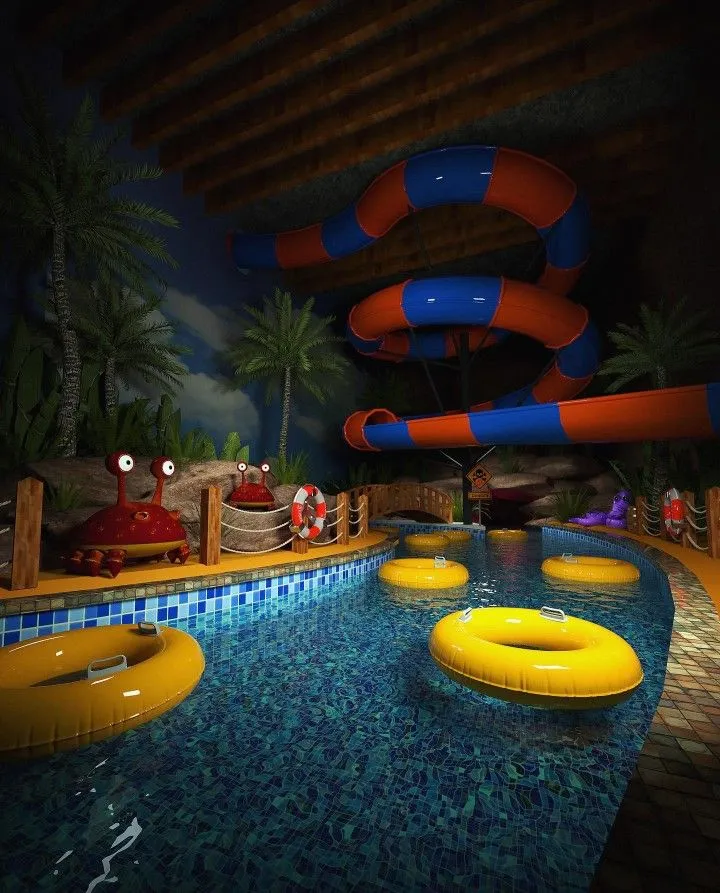
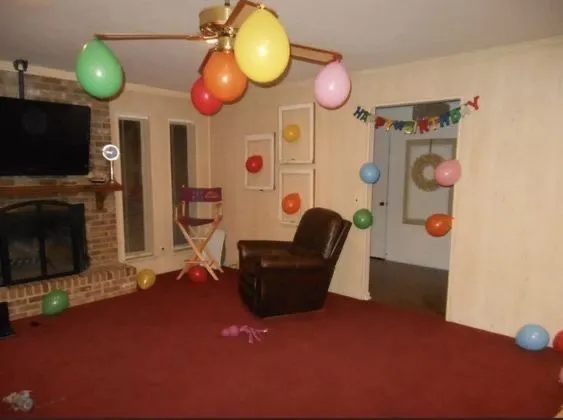
Closed and dark spatial atmosphere, abnormal lighting, transforming daily scenes into frightening Weirdcore texture.
Viewers when appreciating Weirdcore works often experience disoriented bewilderment, incomprehension and confusion, and fear derived from unknown and uncontrollable fog - a kind of spiritual fear rising from the heart under blue sky, white clouds, and broad daylight.
Finally
Dreamcore’s charm lies in its precise capture of modern people’s “spiritual dilemma”: we both miss childhood purity, yet are wrapped in reality’s absurdity; both yearn for belonging, yet always feel alienated. The “dreams” it builds with images and sounds are not utopian escapes from reality, but a mirror reflecting those vague emotions in our hearts that cannot be expressed.
Also worth mentioning is its “universality of resonance.” Dreaming is human instinct. Regardless of your age, where you’re from, when seeing Dreamcore works, you’ll involuntarily recall “some dream you’ve had.” It’s not niche, obscure aesthetics.
AI intervention makes this ‘resonance’ no longer limited to niche creators. Whether you understand art or not, you can generate your own Dreamcore scenes through AI. Just like dreaming is human instinct, Dreamcore also becomes an ‘emotional aesthetics everyone can understand’ - this is precisely its core reason for continuously breaking circles in the AI era.
For Chinese Dreamcore, millennium (approximately 2000s) nostalgia and unique visual style make it one of commonly used background elements for this style. We’ll talk separately about Chinese Dreamcore aesthetics later.
Reference Articles
- Research on “Dreamcore” Aesthetic Art Expression Under Nostalgic Sentiment - Yao Yao
- “Dreamcore” Fandom Encyclopedia (Dreamcore definition and development related): https://aesthetics.fandom.com/zh/wiki/Dreamcore
- Douban Note “The ‘Core’ Aesthetics in Internet Subculture: From Weirdcore to Dreamcore”: https://www.douban.com/note/857212719/
- The Paper News “Subculture Aesthetics Breaking Circles: When ‘Dreamcore’ ‘Weirdcore’ Enter Public Vision”: https://www.thepaper.cn/newsDetail_forward_20195575
